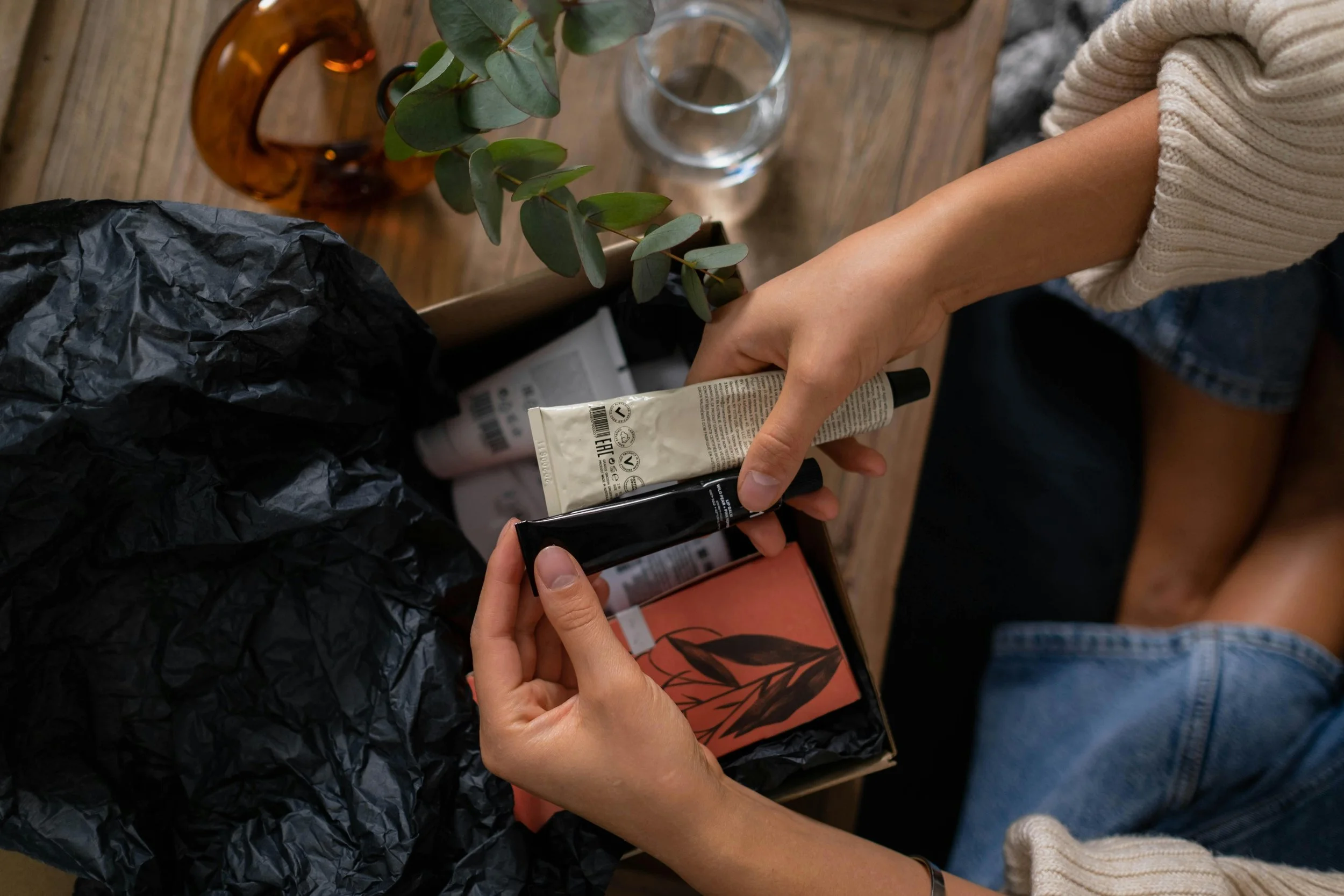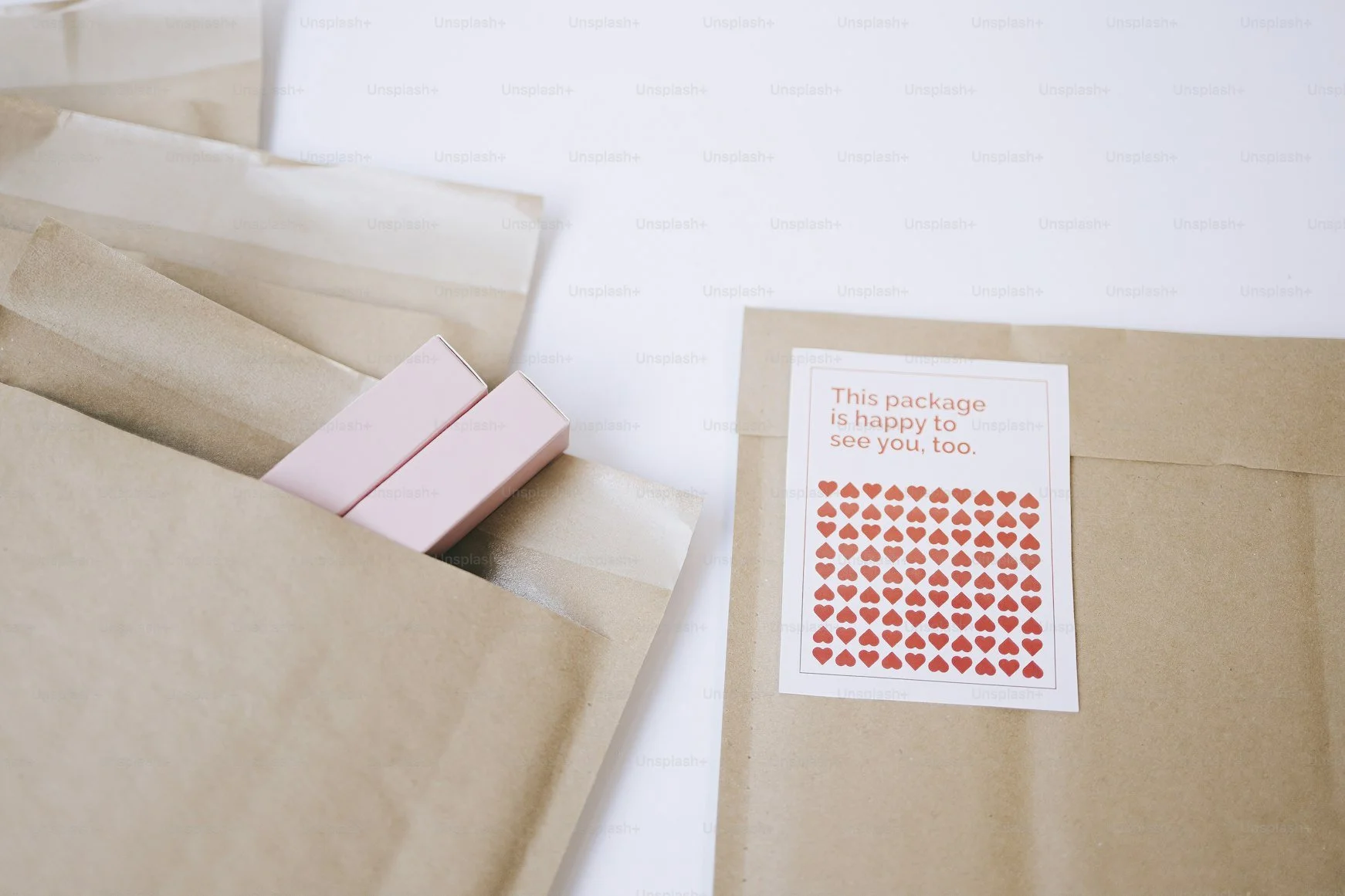Pros and Cons of Dropshipping Skincare Products
Table of Contents
There’s never been a better time to turn a passion for skincare into a business. Years ago, starting a beauty brand meant buying boxes of products upfront, guessing what might sell, and hoping you didn’t end up with shelves full of leftovers. These days with dropshipping skincare products, you can start small, test ideas, and grow at your own pace without touching a single box of products.
For many entrepreneurs, that freedom is the real draw. You can spend your time learning about customers, creating great content, and designing a brand that feels personal. You’re not stuck managing stock or worrying about expiry dates. You can just focus on your business growth.
But just like any kind of business, dropshipping has two sides to it. Some parts are exciting. Others? Frustrating – especially once you get started. The key is knowing both before jumping in.
Let's talk through what makes skincare dropshipping such an interesting path for beauty entrepreneurs.
What makes it exciting.
What makes it tricky.
And how some are using it to quietly build strong, lasting brands in the beauty world.
What Is Skincare Dropshipping
Every great skincare brand starts with an idea, but not everyone has the space, time, or budget to turn that idea into reality. That’s where dropshipping comes in. It’s a simple way to sell skincare without storing or shipping a single item yourself. And most important – it gives you freedom.
Skincare dropshipping takes away the need for warehouses or large upfront spending. You get to focus on building your brand and finding customers, while someone else handles the boxes and shipping labels.
Source: Pexels
Thanks to online tools and flexible suppliers, launching a beauty line is getting much easier. And, as many suppliers let you add your own logo or packaging through private label skincare, it still feels personal and branded.
Pros of Dropshipping Skincare
Dropshipping comes with a long list of advantages, especially for skincare brands. It’s low-risk, flexible, and built for fast growth. Here’s what makes it such a strong option for beauty and skincare entrepreneurs today.
Source: Unsplash
Low Upfront Investment
Starting a skincare brand the traditional way can get expensive really fast. Between ordering stock, designing packaging, and paying for storage, many founders spend $10,000 to $50,000 before they even make a sale.
Dropshipping flips that idea. You don’t buy products ahead of time or worry about inventory. You only pay your supplier when someone places an order. It’s a simpler, lower-risk way to start.
According to Upmetrics, most dropshipping businesses launch for $1,500 to $13,000, depending on setup and marketing. That’s a big difference and a major reason so many beauty entrepreneurs start this way. It lets you test ideas, learn what sells, and grow without a huge financial gamble.
Product Selection Scalability and Flexibility
One of the biggest perks of skincare dropshipping is its flexibility. You’re not tied to one idea or stuck with unsold inventory. If you spot a new ingredient or product trend, you can add it to your online store instantly.
That kind of freedom is hard to get in the beauty world. Most traditional brands have to plan months ahead, hoping their next launch lines up with what people want. With dropshipping skincare products, you can react in real time. Try new ideas, see what people love, and quietly drop what doesn’t work.
Once you’ve found what works – your real best skincare dropshipping products – growing feels simple. Add a few new options, build out full routines, or explore another niche. You’re learning as you go. And it’s an easy, flexible way to keep your brand moving with your customers instead of chasing behind them.
Fast Time to Market
In skincare, timing is key. That’s where dropshipping can give small brands an edge. Traditional beauty companies often need six months to a year to launch something new, which means they’re already behind by the time it hits their product lines.
With dropshipping skincare products, you don’t have to wait that long. Depending on your supplier, you can add a trending serum or cleanser, or any other skincare product to your online store in just a few weeks while people are still looking for it.
That speed keeps your brand alive and relevant. You can test ideas quickly, follow what customers actually want, and keep your online store feeling new.
No Inventory Management
The great thing about skincare dropshipping is how much easier it makes your life. You’re not stuck figuring out storage or inventory levels. Your supplier handles it all.
That alone takes a huge weight off your chest.
Source: Pexels
Instead of stressing over shipping or inventory, you can focus on what really drives growth – creating content, talking to customers, and building a stronger brand. And because you only pay for products once they’ve sold, your money isn’t tied up in unsold stock.
Flexibility in Testing New Products and Demographics
One of the best parts about skincare dropshipping is how easy it is to experiment. You can try a new product, swap something out, or test a different audience without spending a ton of money.
And that flexibility really fits the beauty world. A study found that three out of four women use at least three skincare products every day, which shows just how open people are to trying new things.
Dropshipping lets you keep up with that kind of customer. Add a few new products, see how people react, and adjust as you go. If something sells, great. If it doesn’t, you can drop it and move on.
Cons of Skincare Dropshipping
Skincare dropshipping gives you a lot of freedom, but it’s not all rainbows and sunshine. There are a few things that can trip you up if you don’t see them coming. The good news? Once you know what to expect, most of it’s easy to work around.
Limited Branding and Packaging Control
Here’s one thing nobody tells you at first – when you dropship beauty products, you don’t really control how your products look when they reach your customers. Most suppliers send things out in their own packaging, and unless you’ve arranged a private label cosmetics deal, you can’t change much.
That can be frustrating, especially in the beauty world, where packaging is part of the experience and product marketing. So, choose reliable suppliers that let you customize and make your brand feel like you.
Product Quality Reassurance
When you dropship skincare products, you’re basically trusting someone else with your reputation. They’re the ones making, packing, and sending what your customer receives. That’s why it’s important to see things for yourself before you start selling.
Always order samples first. Try the products, check the packaging, and notice how they arrive. When a customer places an order, that’s the exact experience they’ll have, so you want to be sure it feels right.
In beauty, even small mistakes stand out. Keeping close contact with your supplier and checking product batches regularly is the simplest way to catch problems early. Many entrepreneurs also take time to understand the advantages of bulk vs dropshipping before getting started.
Supplier Reliability and Stockouts
When you run a skincare dropshipping business, you're heavily dependent on your supplier. If they miss deliveries, send out the wrong products, or run out of stock, your customers will notice. And when something goes wrong, you as a brand owner will be responsible.
That’s why it's important to order samples and see how your supplier handles order fulfillment before you commit.
90% of consumers are less likely to buy from a brand again after a poor online shopping experience. That’s why it’s worth taking the time to find the best supplier and one that fits your business. Also, having a backup plan for stockouts can make the difference between keeping loyal customers and losing them.
Smaller Profit Margins
Skincare dropshipping is easy to start, and that’s part of what makes it competitive. But that also means tighter profit margins.
Still, there’s a way to make it work: go for products that stand out. Think clean beauty or even your own private label line. People will pay a little more if they trust the brand behind it. So, focus on marketing, a unique story, and customer care that feels personal. Those are the things that help you stay profitable, even when the margins are thin.
Customer Support Complexity
Customer support can be one of the harder parts of skincare dropshipping. When something goes wrong – like a delayed delivery or a mix up with an order – the customer turns to your brand.
Since you’re not handling the shipping yourself, fixing problems can take a bit longer. But a quick, honest response goes a long way. Let customers know what's happening and follow up until it's sorted. Most customers just want to know you care enough to make it right.
When Dropshipping Beauty Products is The Right Choice
In many cases, skincare dropshipping really is the right move. It’s not complicated, and it gives you space to figure things out without spending a ton of money.
If you’re just getting started, it’s an easy way in. You don’t have to buy boxes of products or guess what people might want. You can test ideas, see what works, and build from there.
If you already sell beauty products, it’s a nice way to add more without filling your stockroom. You can try new things and only keep what sells.
Even though cosmetics wholesale works well for established brands, skincare dropshipping is a simpler way to test new markets. It helps you see what people respond to before investing heavily.
And if you’ve got a new formula you’re not sure about, this is a safe way to put it out there and get feedback.
Overall, it’s practical. And sometimes, that’s exactly what you need when you’re building something real.
How to Start Skincare Dropshipping
The skincare dropshipping model isn’t complicated. But working with it does take time and consistent effort.
First, you’ve got to be clear about your target market. Maybe it’s clean beauty lovers, or busy people looking for effortless self-care. Once you figure that out, pick a few complementary items that fit together naturally.
Remember – product quality matters more than anything. Find suppliers who can handle fast shipping and offer fair shipping costs. Order a few things yourself and see how they arrive. If it’s not good enough for you, it’s not good enough for your customers.
Keep an eye on what you spend. Shipping fees, marketing expenses, all of it adds up. Use automation tools to help you with order fulfillment, tracking, and staying organized so you can stay ahead of everything.
Making small improvements, and caring about what you’re putting out there – that’s how you achieve long-term success.
Next, read our full breakdown on “How To Start Your Skincare Dropshipping Business In 7 Easy Steps“
Why Dropship Beauty Products?
Skincare dropshipping is one of the easiest ways to step into the skincare market without taking on huge risks. It has low cost, it's flexible, and gives you room to explore beauty market trends. The key is to focus on high product quality, customer satisfaction, and smart strategic planning from the start.
Here’s a quick summary of why it is a great way to start or improve your skincare business:
| Key point | Why it matters |
|---|---|
| Low cost and flexibility | Makes it easy to start and scale an ecommerce brand with less budget |
| Profit potential | With consistency and smart branding, it can lead to high profits over time |
| No managing inventory | Dropshipping removes the stress of unsold inventory and stock control |
| Product quality | High quality products build trust and improve customer satisfaction |
| Strategic planning | Good suppliers, clear branding, and strategic planning can lead to long-term success |
With consistent effort and the right dropshipping suppliers, skincare dropshipping can grow into a sustainable, rewarding business. The question is – are you ready to give skincare dropshipping a try and see where it can take you?
Frequently Asked Questions
-
It’s best to start with simple, everyday products people already trust, for example, Vitamin C serums, peptide creams, niacinamide moisturizers, and gentle face cleansers. They’re small, easy to ship, and always in demand, which makes them great for building steady repeat sales.
-
Always order a few samples before you commit. That’s the easiest way to check how the products look, feel, and how fast they arrive. Choose suppliers who offer private-label options, ship quickly, and actually communicate well.
-
Not necessarily. Yes, it’s a smart way for beauty store owners to test new products or explore new markets without buying a ton of inventory upfront, but many keep their top sellers in stock as well.
-
Start small. Pick a few reliable products, build a simple online shop, and use marketing to your advantage. That way you can grow at your own pace and reinvest profits as you go.
Must read














